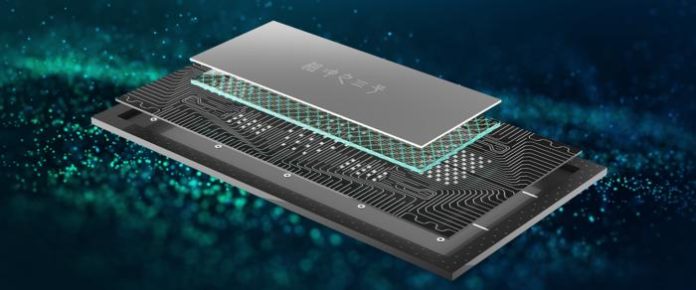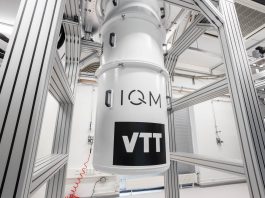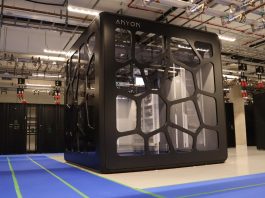A team of researchers from the University of Science and Technology of China (USTC) achieved a major advancement in quantum computing.
Their latest innovation, the Zuchongzhi-3 quantum processor, has set new records in computational power, reinforcing China’s leadership in the field of quantum technology.
The superconducting quantum computing prototype boasts an impressive 105 qubits and 182 couplers, significantly surpassing its predecessor, Zuchongzhi-2.
Unprecedented computational speed
The Zuchongzhi-3 quantum processor has demonstrated an extraordinary computational speed, operating 10¹⁵ times faster than the most advanced supercomputer currently available.
This achievement also outpaces Google’s latest results by a factor of one million, making it one of the most powerful quantum devices ever developed.
Quantum supremacy and competitive advances
Quantum supremacy, the point at which a quantum processor outperforms classical supercomputers, has long been a benchmark in quantum computing.
In 2019, Google’s Sycamore processor, with 53 qubits, completed a complex computational task in 200 seconds, a task estimated to take classical supercomputers 10,000 years.
However, in 2023, USTC researchers demonstrated that with advanced classical algorithms and over 1,400 A100 GPUs, the same task could be completed in just 14 seconds.
Further advancements with the Frontier supercomputer reduced this to a staggering 1.6 seconds, challenging Google’s earlier claims of quantum supremacy.
Zuchongzhi-3’s enhanced capabilities
Building upon previous quantum computing prototypes, Zuchongzhi-3 represents a major leap forward.
Compared to the 66-qubit Zuchongzhi-2, the latest quantum processor has seen significant enhancements in performance metrics, including:
- A coherence time of 72 microseconds, allowing for more complex computations.
- Single-qubit gate fidelity of 99.90%.
- Two-qubit gate fidelity of 99.62%.
- Readout fidelity of 99.13%.
To assess its capabilities, researchers conducted an 83-qubit, 32-layer random quantum circuit sampling task.
The results showed that Zuchongzhi-3 outperformed the world’s most powerful supercomputer by 15 orders of magnitude, further solidifying its role in advancing quantum computational advantage.
Pioneering the future of quantum computing
Beyond achieving quantum supremacy, the USTC team is pushing forward with further research in critical areas such as quantum error correction, quantum entanglement, and quantum chemistry.
By implementing a two-dimensional grid qubit architecture, they have enhanced qubit interconnectivity and data transfer rates, crucial for scaling up quantum systems.
Currently, the researchers are working on integrating quantum error correction using a distance-7 surface code, with future plans to expand this to distances of 9 and 11.
These innovations are crucial for developing fault-tolerant quantum computing, a key step toward large-scale, practical applications of quantum processors.
Future implications
The success of Zuchongzhi-3 has received widespread recognition from the scientific community. Expert reviewers have described it as a significant leap in superconducting quantum computing, marking a major upgrade from previous iterations.
Physics Magazine also published an in-depth viewpoint article analysing its groundbreaking contributions and the broader implications for the future of quantum computing.
As research continues to accelerate, Zuchongzhi-3’s record-breaking performance sets a new benchmark in the quest for more powerful and practical quantum computing solutions.
With ongoing developments in error correction and large-scale qubit integration, quantum processors like Zuchongzhi-3 are bringing us closer to a future where quantum computing transforms industries ranging from cryptography to material science and artificial intelligence.









